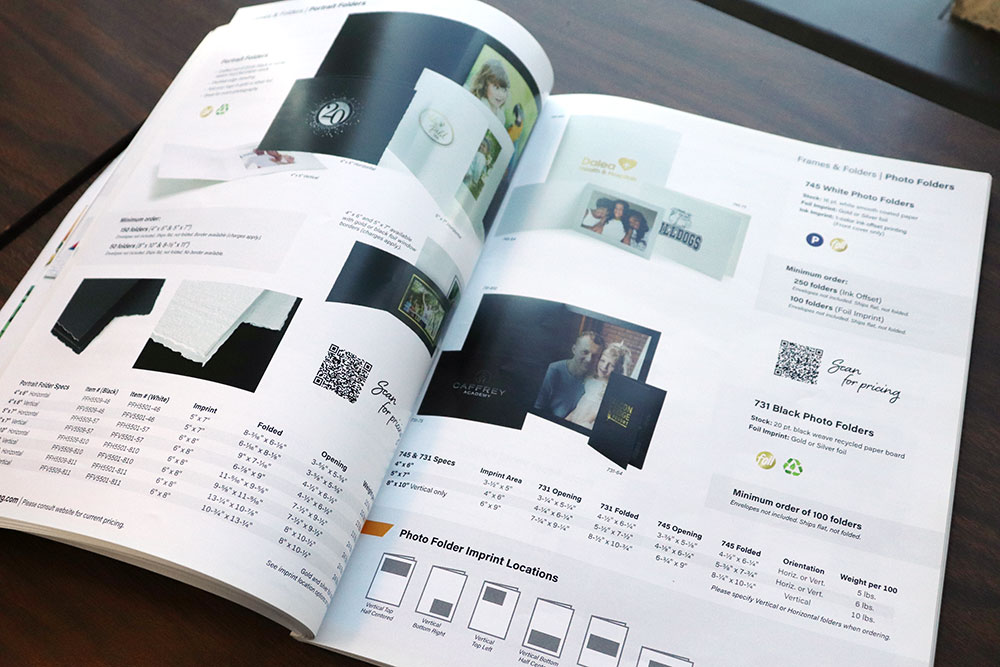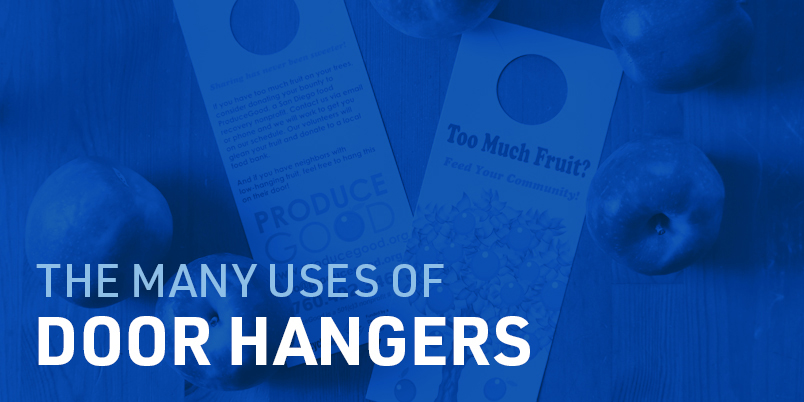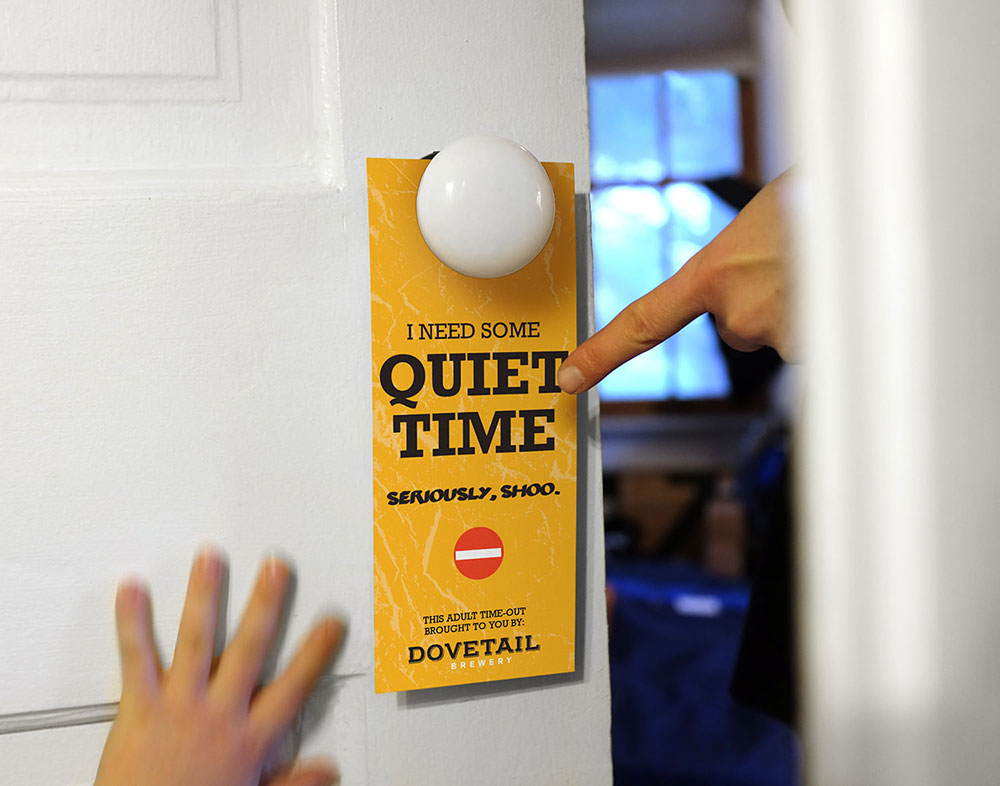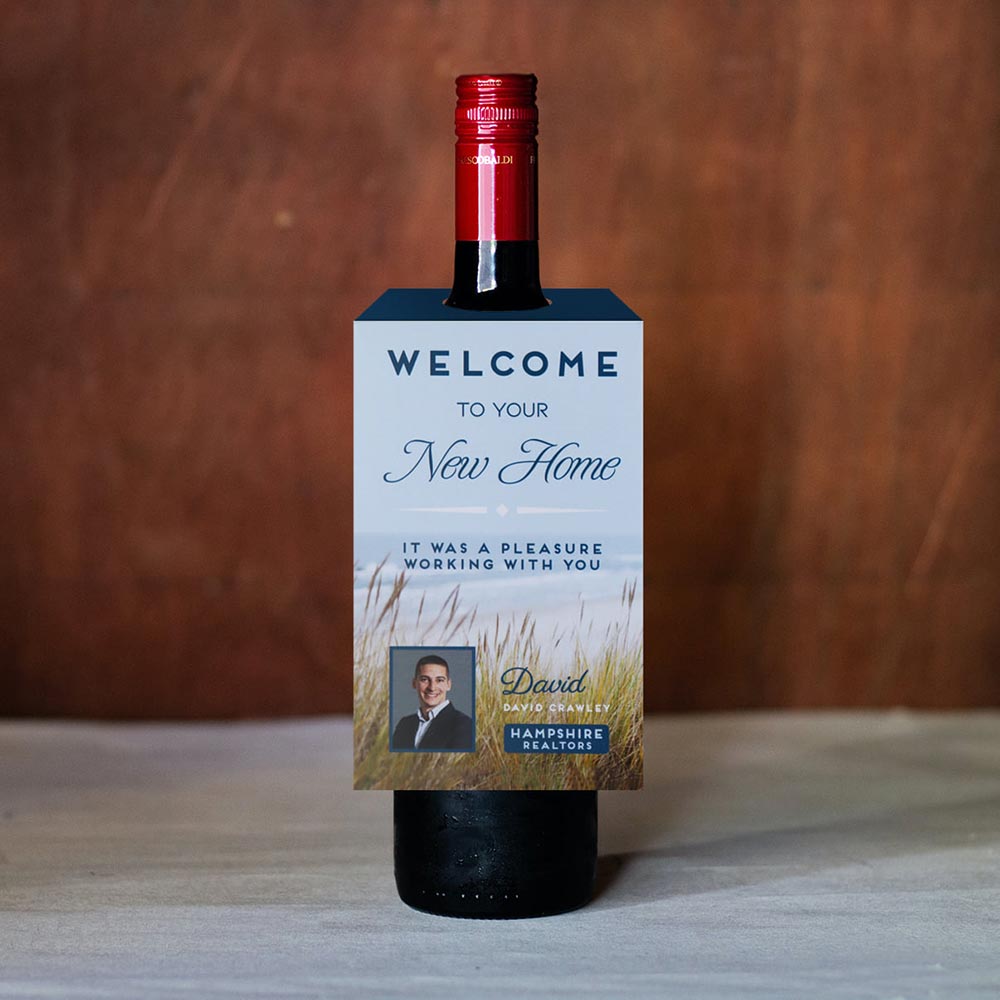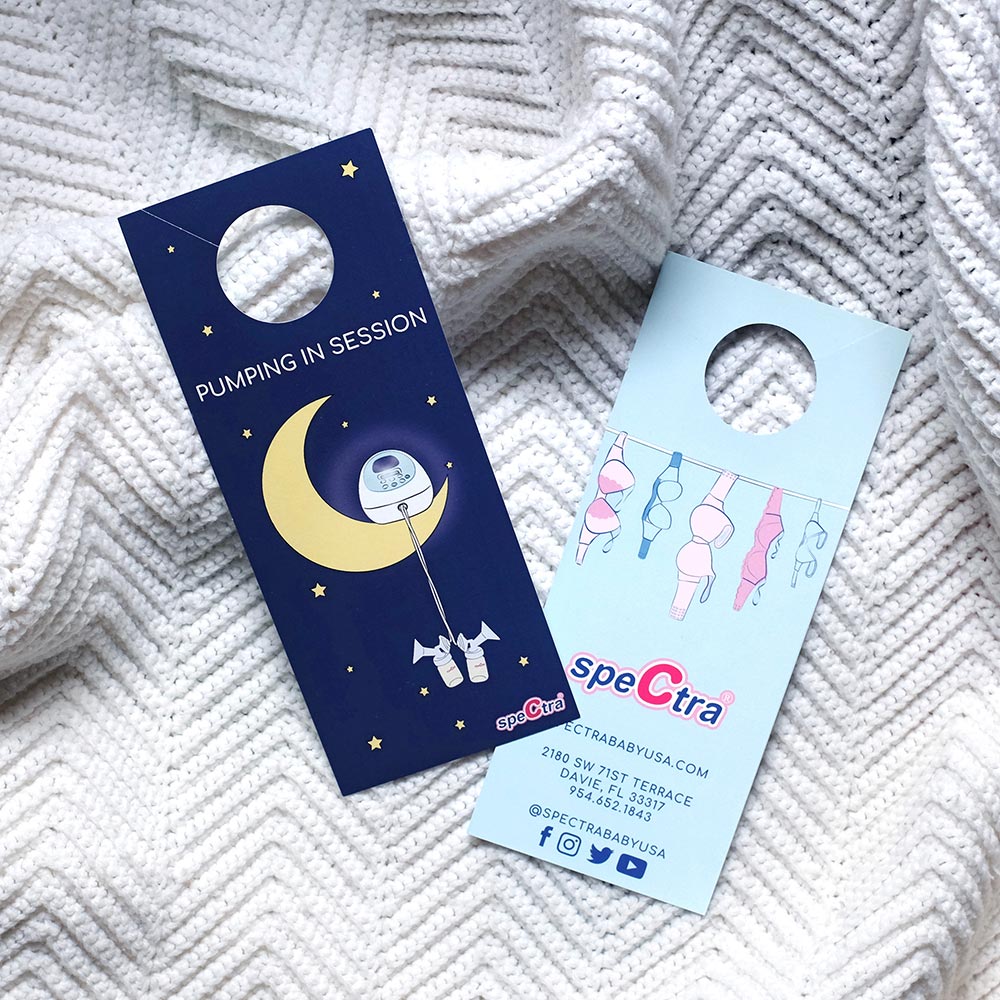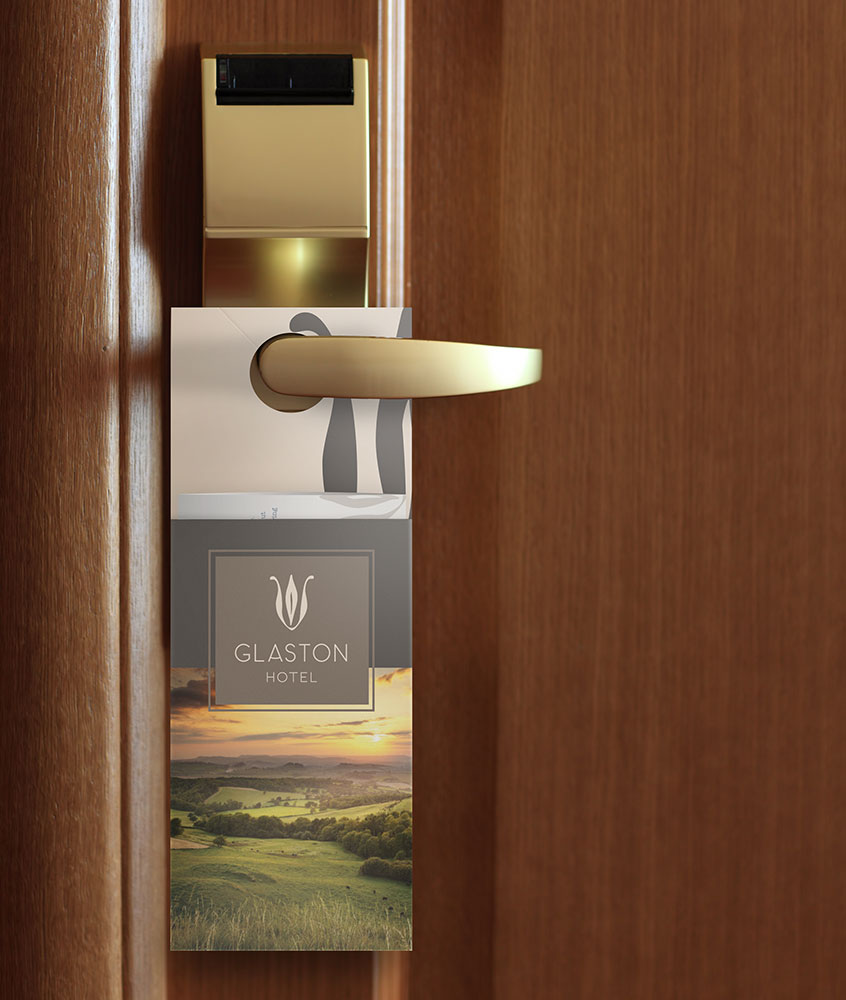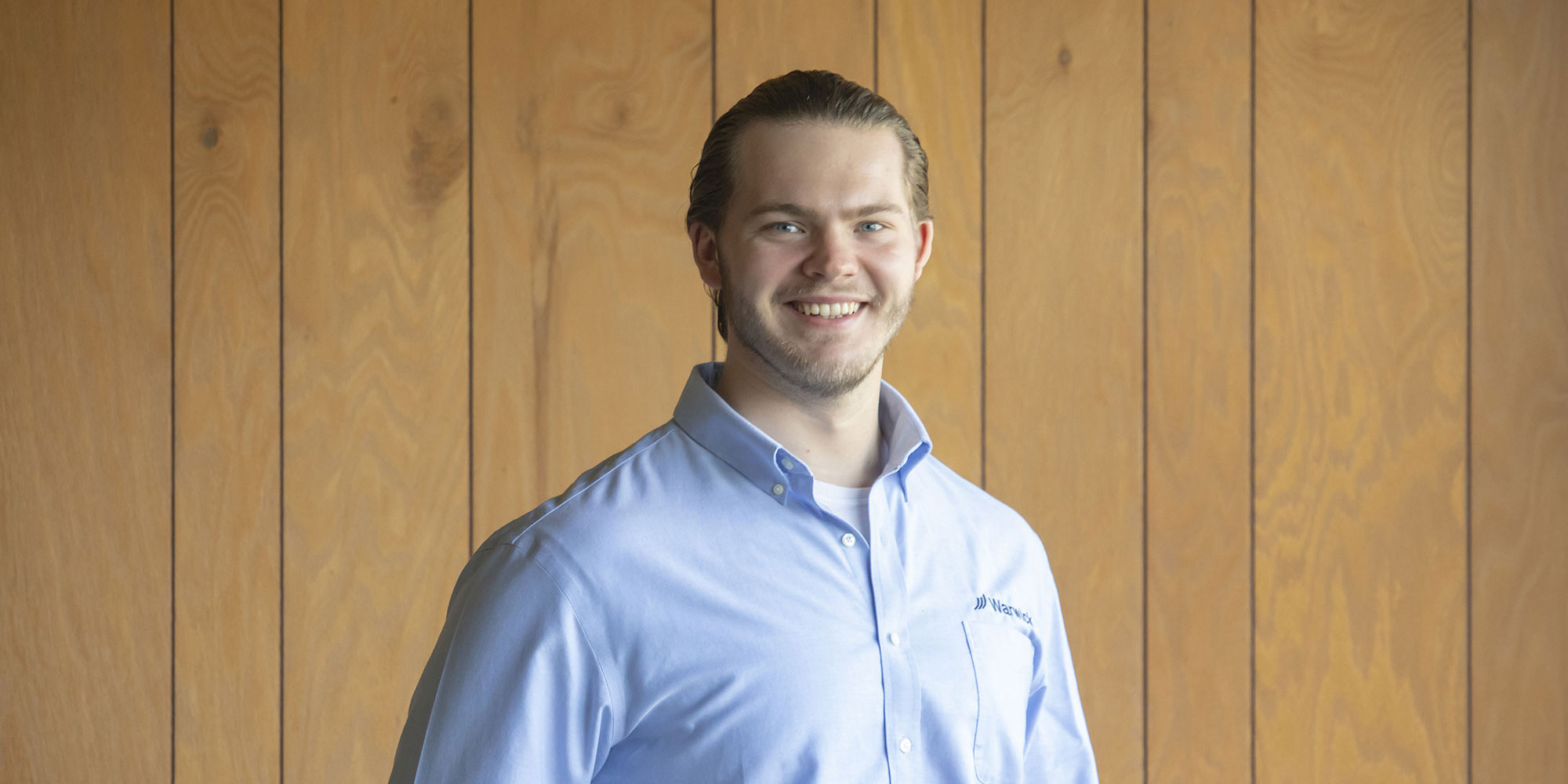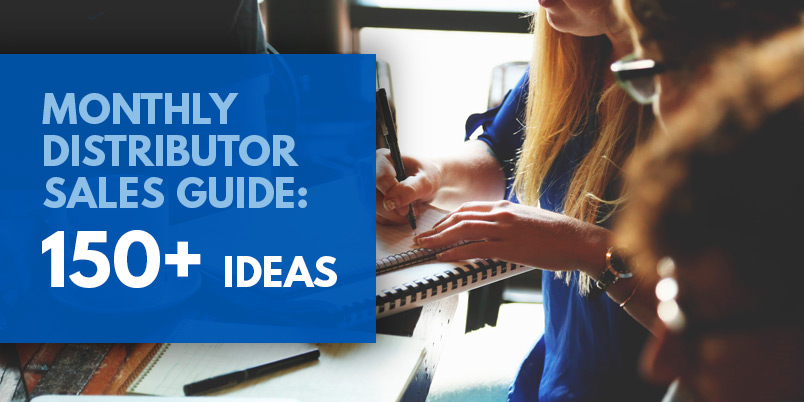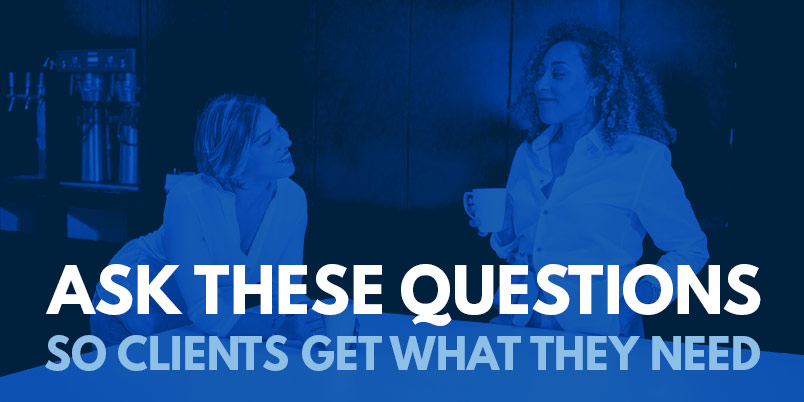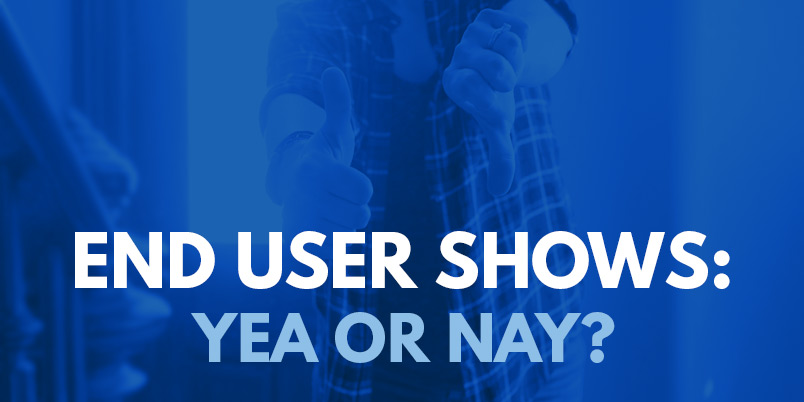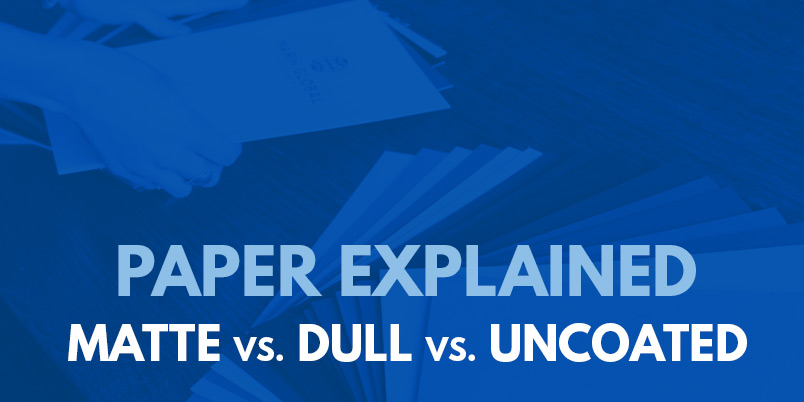Warwick’s 5th generation co-owner and President Alex Paschal recently shared his thoughts on sustainability at Warwick—and in the promotional products industry in general—in an interview with Jeff Solomon of Branded Merch Network. Watch their interview, or read the transcript below.
Jeff: I’ve got a fifth-generation family member from Warwick Publishing, Alex Paschal with me. Alex, I get to meet the new kid on the block. Alex, what’s up man?
Alex: Hey, how’s it going? It’s good to be here, it’s good to be chatting and it’s good, on a Friday, to get cracking and get talking about some important stuff going on in the industry.
Jeff: Exactly! We’re having conversations on why it matters, and many people don’t know Warwick Publishing. Ok, I’ve done so many videos with Phil Martin, and like, “Phil! Hey buddy, we’re kicking you to the side just for this thing.” We’ve got the next generation of this family business. We did do a marketing piece for you guys a while ago that touched on your sustainability focus, and that’s what the Why It Matters videos are all about. Why it matters for a supplier to do the right thing and how they run their business and the products they produce. Why it matters for a distributor to work with those kinds of suppliers, and why it matters for an end user buyer to be putting their brand messaging on these products. And people do not know—I didn’t know that you guys have a whole sustainability story. So let’s just talk briefly. Have you personally had a focus on sustainability as a young person? Because us old people, we’re like, “I don’t care, let it all burn for the kids!” My son, who’s a dad, you oughta think about this, you know?
Alex: Yeah, so as a young buck, you know, three, four, five years, that’s not something you really think about. Where it really started kicking off for me, my background is in Chemical Engineering. That’s not what I do anymore, obviously I’m in promo. But my formal education is in Chemical Engineering and I did my Master’s afterwards in Business Administration. In engineering, they talk all the time about renewables, because chemical engineering is all focused on oil. Oil, oil, oil. And obviously there are some very well-known issues with oil and its emissions and all of its carbon sequestration issues and all of that. So they really push that and they teach a lot of courses about that, and that’s where I started realizing and paying attention to, ok, what are our alternatives? What can we do? Obviously, money is always the underlying resource on determining what you can and can’t. But then transitioning over with Warwick, we have the benefit of dominantly being a paper product company. So everything we do is recyclable. Down to picking the right inks to make sure the product is still recyclable. That’s really been a focus in cleaning up safety—on chemicals—making sure employees aren’t exposed to any issues. That entire picture, with my engineering background, is how I’ve been able to have an impact.
Jeff: Wow, that’s really great to know. I think for those that are watching this, I’m sure this is something that they weren’t aware of with Warwick. So you’re the next generation. We talked before—that’s how I knew. I said, “What are you third, fourth?” You said, “Five generations of family in this business.” So you’re kind of helping to drive the next move going forward. By the way, do you have any kids?
Alex: No, the sixth generation does not exist yet. I would like kids one day, but obviously gotta be with the right person at the right time. It is dad and I running right now. He’s actually on the other side of the wall of me right now (he can’t hear this), but he’s right there. He and I are running it in tandem, and if we don’t agree on something, we don’t proceed until we’re there.
Jeff: Are you finding that distributors are not fully… this is, I think, a big issue in the industry. Right now, the next generation of buyers is focused on more responsibly-produced products. What’s your take on the feel with distributors? Because part of what we want to do is make distributors aware of why it matters for them to really sell better products. What are your thoughts on that?
Alex: I think that we need to be aware of the segment of what distributors are trying to fill. Are you trying to position yourself as a sustainable, responsible, high-quality company? Or are you competing on price? Are you competing on turn-around time? We can offer all the things we want, but we need to make sure it’s still filling the niche that distributors are looking for you to fill on the supplier end. There’s definitely companies positioning themselves that way. They’re definitely looking to chase that down. We could sit here and name some of the top distributors that want that. We’re seeing it, it’s happening. We don’t compete on price, we compete on quality. That’s really what we’re after. So we see a lot of it, but I can’ guarantee everyone else is seeing a lot of it.
Jeff: Right. And I think that with the new focus, I say this too much: I think the word “sustainability” is a dirty word for some. You know, “Ugh, green, blah, blah, blah.” But as an industry, the promo industry has been tagged kind of like, we do a lot of landfill products. And I’ve been having conversations with people in Europe. And the global standards, if you’re doing business in Europe, are quite a bit higher. This idea of just slapping a logo on a product just to give away at a trade show is kind of not cool anymore. I think we need to be aware of products that have some lasting use. I have to tell you, I use some of these Warwick products that I have around. Those note jotters! In fact, I just did jotters. I also have a distributorship, I do occasionally still sell promo products, which, you know, I’ve done it a long time; I have some key clients. So, the products that you use are certainly useful, and as much as I love to type everything in my computer, and I love my Apple Notes and all of that kind of stuff.
Alex: I’ve got my notebook next to me.
Jeff: Yeah, I’ve got it right here, too!
Alex: I think a big focus on that is, you can’t ultimately control what the end user does with the product. But if you it so it can be recycled, or can be reused, that’s really where the buck can stop as a supplier, right? So I can’t tell you how to dispose—I can tell you it’s recyclable, I can tell you what to do with it. But your end user isn’t necessarily gonna treat it like that. All you can do on the supplier end is make it so that you can do, it’s the best it could possibly be, and that’s really where it stops. And then focusing more on what do we do at the end. Let’s use a lanyard at a trade show, for example. I know that PPAI was collecting them at the end of the trade show. Hopefully they were taking those and either repurposing them or recycling them. That full picture solves the life cycle problem of, ok, “what do we do at the end of this product’s useful life?” I’m not going to use my Vegas lanyard after I’m done with it. What’s happening with it?
Jeff: Right, and the other thing about lanyards is—once you start becoming aware of this, you just become aware of it. I was at another trade show and they put the badge in that plastic thing that’s common. Now, why do we have that plastic? Just put it on paper, just clip it on the paper.
Alex: Yeah, just get the clip.
Jeff: You start thinking about that waste, and also recycling.
Alex: But then where am I supposed to keep my business cards that I collect? Right, I usually put them in that pouch, that’s where I keep them.
Jeff: Yeah! It’s a shift. And these are simple things to shift to. So as we move forward and wind down our conversation a little bit, we talked a bit about the impact with your team. What are you seeing with your employees, the impact that it’s had, the fact that you’re sustainably-focused and caring about all that kind of stuff. Any impacts that you’d like to share there?
Alex: We have a couple key people that are really enjoying the process, and especially with responsibility and sustainability. You’re going to have people that just don’t care. That’s always going to be the case. So really giving your team members the opportunity to say, “Ok, I know this isn’t even related to your role at all, but we’re going to go have this call about sustainability. We’re going to talk with this company about what we can do better. Would you like to be a part of it?” That buy-in is enormous, and then getting them proud of what they do—especially if they’re outward-facing—it really helps shape the direction. Because then they might see something and not even consult me about it and say, “Why are we throwing that away? That could be recyclable. Why are we doing this? Why are we scraping this into this barrel? We could take care of this and reuse it here.” You started getting those kinds of conversations and it’s eventually going to trickle down. That’s what we’re starting to see.
Jeff: It’s interesting. Each of these conversations on “Why It Matters” has been different. In one of them, they were talking about exactly what you were saying: sometimes it’s just bottom-up of people who start to see a need and want to make a change. You are empowering other people, and I feel honored and privileged to have conversations with people like you, with all different perspectives to push forward why it matters to move in this direction. I can tell you, working with what’s happening at PPAI and so many leaders and many great suppliers and distributors that this is a big focus. So if you’re not really on the bandwagon… in a conversation I had with Dale Denham post-Expo is you do a wrap-up. It’s like, you can start doing certain things—even if you’ve not bought all-in—you can start considering recycling and things like that. It’s gonna move, and as I have been working with my European friends over there, the standards are going to be raised in the U.S. However long that takes, who knows. But we should be aware of it, and want to do better. We should want to elevate our industry to a higher level and not be known as the swag/landfill industry. We have a brilliant tool in branded merch of all times, whether it’s paper or product, to carry effectively-branded messaging. So we can raise the bar.
Alex: Europe is pretty much always going to lead the push on that just because they’re already ahead as it is. On the purely business side, if you want to do business with European companies or selling to Europe, you’re going to have to do this stuff. I think distributors need to, I don’t want to say check their expectations, but definitely understand that suppliers can’t go like (snaps) that. Implementing a massive recycling program is not going to happen overnight. For a company like us that has it, cool. But there are other companies—especially small suppliers, smaller than us—manpower and finances are going to be a limit. They can start. But distributors might have to realize that process is going to take a little longer. But then suppliers need to understand, we need to start the process, we need to actually start putting time and effort into it. Distributors can be patient with us to accomplish this if we physically show we are working to get there. I think you can kind of meet in that middle ground and it’s going to be better for everyone.
Jeff: Right, and you know, it’s interesting. I’m kind of like, rah, rah solar because I’m in southern California are our power rates are going like this, so I’m really excited because our bill is so much less, especially when it gets in the summer here and we’re roasting. PPAI did a really great article on solar and promo and how certain suppliers are implementing solar as a renewable resource, a clean energy resources. So I’m rah, rah on solar. I will say this. The battery’s a little shady there. But the end result…you have something to say there?
Alex: Yeah, so we looked into putting solar on our building. We were looking to do that project. Our municipality doesn’t let us sell electricity back to the grid. And the safety issues around having a battery that big outweighed any potential real benefit to save on electricity. So as we push further and further, we’re going to have to realize that there are regulations in municipalities that we cannot control. If I had a distributor call me and say, “You need to be all on renewable energy.” I can’t do it. I can’t control where I buy my power from, and I can’t put solar on my building. Like, I could, but you’re not going to get anywhere close to full utilization. The payback period’s going to be insane.
Jeff: Well that’s really interesting. Again, I’m learning stuff all the time. Here in California there’s a buy-back thing. We have back-up batteries. We also have a lot of power outages. When it gets hot, windy, we saw fires, they’re liable, so they shut the power off. So I have three back-up batteries so I’m golden for this summer. I’m excited about that. But I didn’t realize that there would be a municipality that doesn’t have that.
Alex: I was on a call earlier this week with Constellation Energy. They’re like an aggregate buying program for natural gas to kind of give you a little bit cheaper rate. You pay for it in the summer time because you don’t really use it in the summer time. I described the exact problem about us not being able to put solar in for really a good economic impact, and they said, “Yeah, that’s starting to happen in California, too, because so many people have put solar in, they’re not wanting to sell it back to the grid because there’s no space on the grid for it.” So it might start happening out there.
Jeff: Yeah, California! You know, there’s always stuff happening. I’m just happy I’m in when I’m in. I thought maybe I was late, but I’m not. I’m right where we should be. I’m super excited. In any event, bringing it all down, let’s talk about your final thoughts on Why It Matters. Let’s wrap it up.
Alex: It matters because, at the end of the day, we all serve the end consumer. If the consumer wants this in their product, it’s on you as a distributor and it’s on you as a supplier to get it to them. So whether it’s the right or the wrong thing for culture, for environment, we exist to fill what the end customer wants. And if the end customer cares about this moral platform, it’s our job to support that.
Jeff: Alright, well hey, thanks so much for sharing, appreciate your family business, I sure appreciate Phil Martin!
About Warwick Publishing
Warwick is a small, family-owned manufacturer of promotional products. Starting in 1881 as a newspaper publisher (The Valley Chronicle), the Paschal lineage began with Lina Paschal, who bought the company in 1903. She then sold the company to her nephew Paul Paschal in 1926. It was under Paul’s leadership that we began manufacturing promotional calendars and officially became Warwick Publishing. Paul sold the company to his sons Don and John Paschal, who eventually sold it to Rob and Jim. Alex, Rob’s son, is now the fifth generation to lead Warwick Publishing. Read our full story.
Leave a Comment



